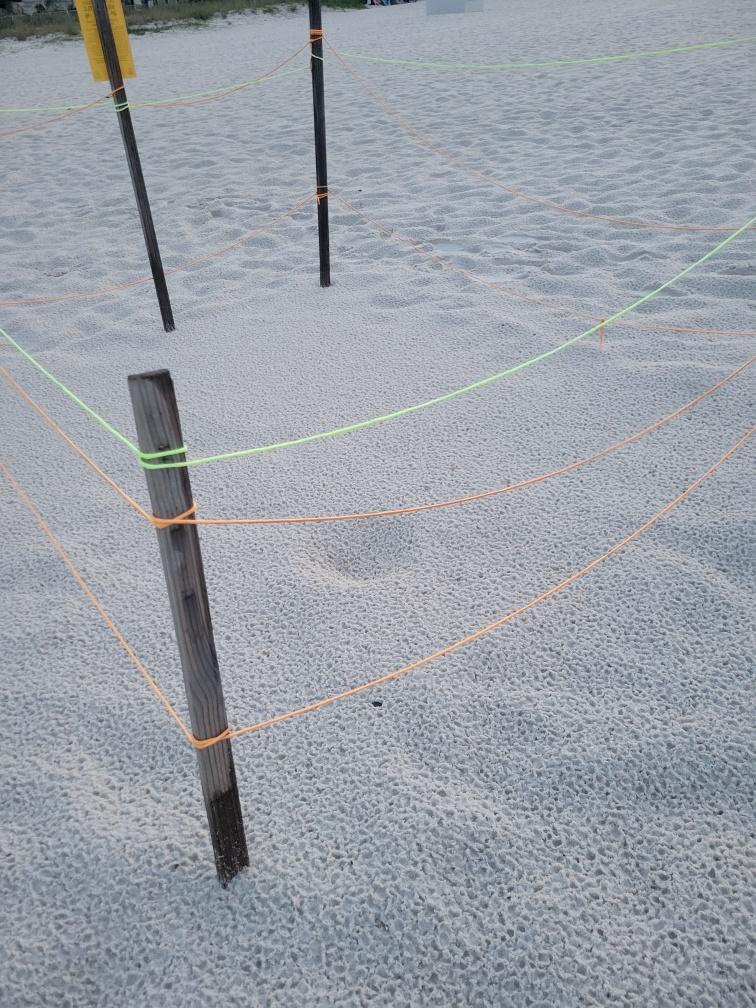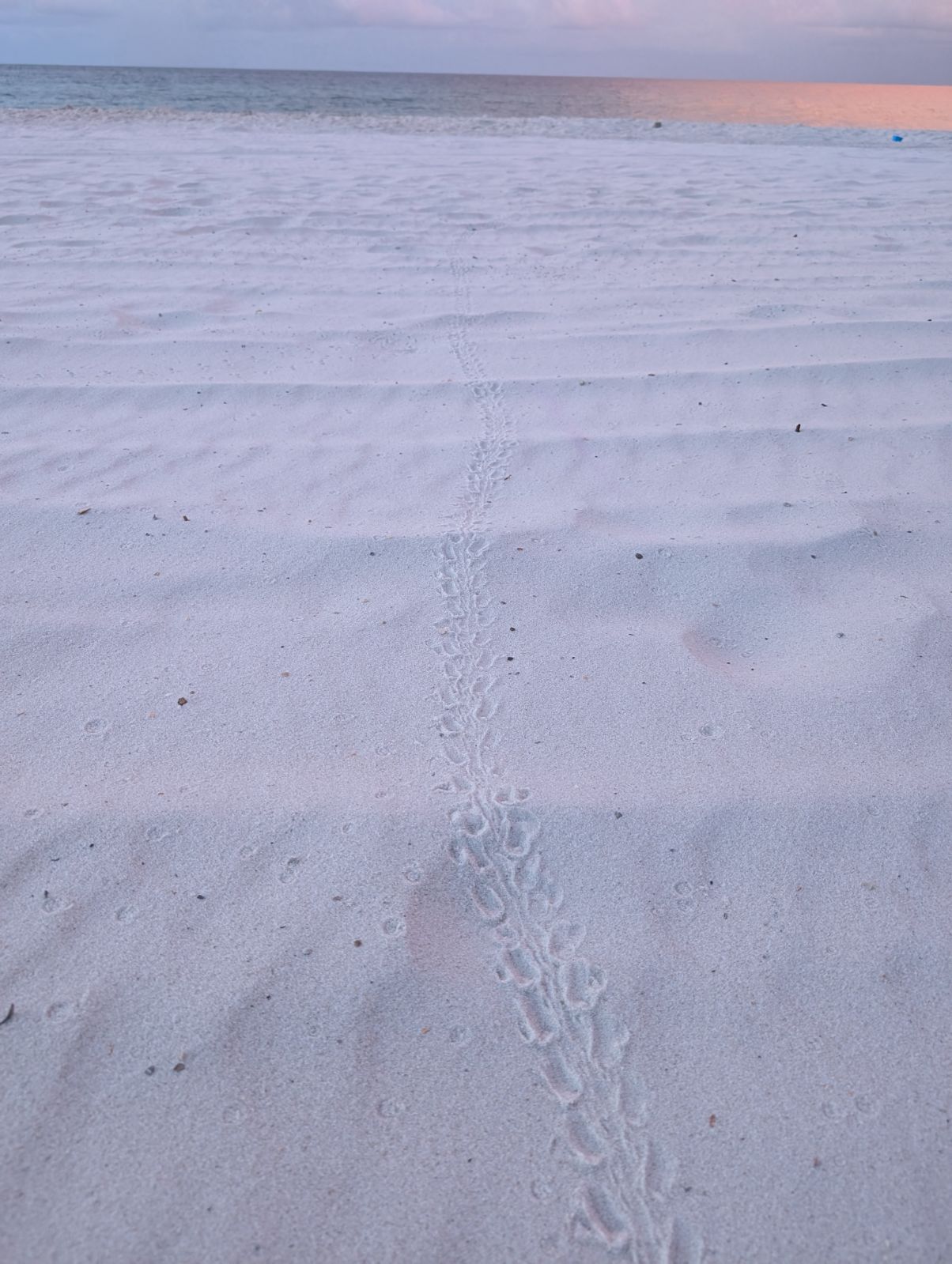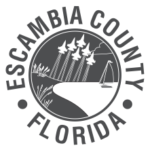Perdido Key celebrated its first sea turtle hatch of the season on Friday, Aug. 2. 70 hatchlings were confirmed to have entered the Gulf of Mexico, despite being disoriented by artificial lightning.
Nearly 60% of all turtle hatchlings will be disoriented by land-based lights, which can cause them to wander away from the Gulf of Mexico. Hatchlings that don't reach the water quickly risk dehydration, starvation and predation. Disoriented hatchlings can also stray onto busy roads, garages and swimming pools.
Permitted volunteers are trained in disoriented hatchling response and recovery. Still, naturally dark beaches are the best assurance for ensuring hatchling turtles make it to the water where they belong.
25 nests remain on county beaches, and August and September are peak hatchling season.
Every hatchling counts! Help protect nesting sea turtles and other coastal wildlife by remembering:
- Lights Out! Both hatchling and nesting turtles need dark beaches to find the Gulf of Mexico. Leave the flashlights and cell phones at home or use a red flashlight on the beach at night. Turn off beach-facing lights and close the windows and curtains to keep our beaches dark.
- Leave Only Footprints! Remove all furniture and toys from the beach when you're done for the day, including hammocks, tents, canopies, chairs, toys and sports equipment.
- If You Dig It, Fill It! Large holes, trenches, and moats create dangerous obstacles for hatchling and nesting sea turtles. Avoid digging large holes on the beach, fill in holes after digging them, and flatten sand castles when finished building them.
If you see a nest hatching or encounter hatchlings turtles on the beach, stay a respectful distance away and call Escambia County Marine Resources at (850) 426-1257.
For more information about sea turtles in Escambia County, visit www.myescambia.com/seaturtles. All sea turtle work performed by Escambia County was completed under Florida Fish and Wildlife Conservation Commission permits #032A, #202, #272 and #273.


